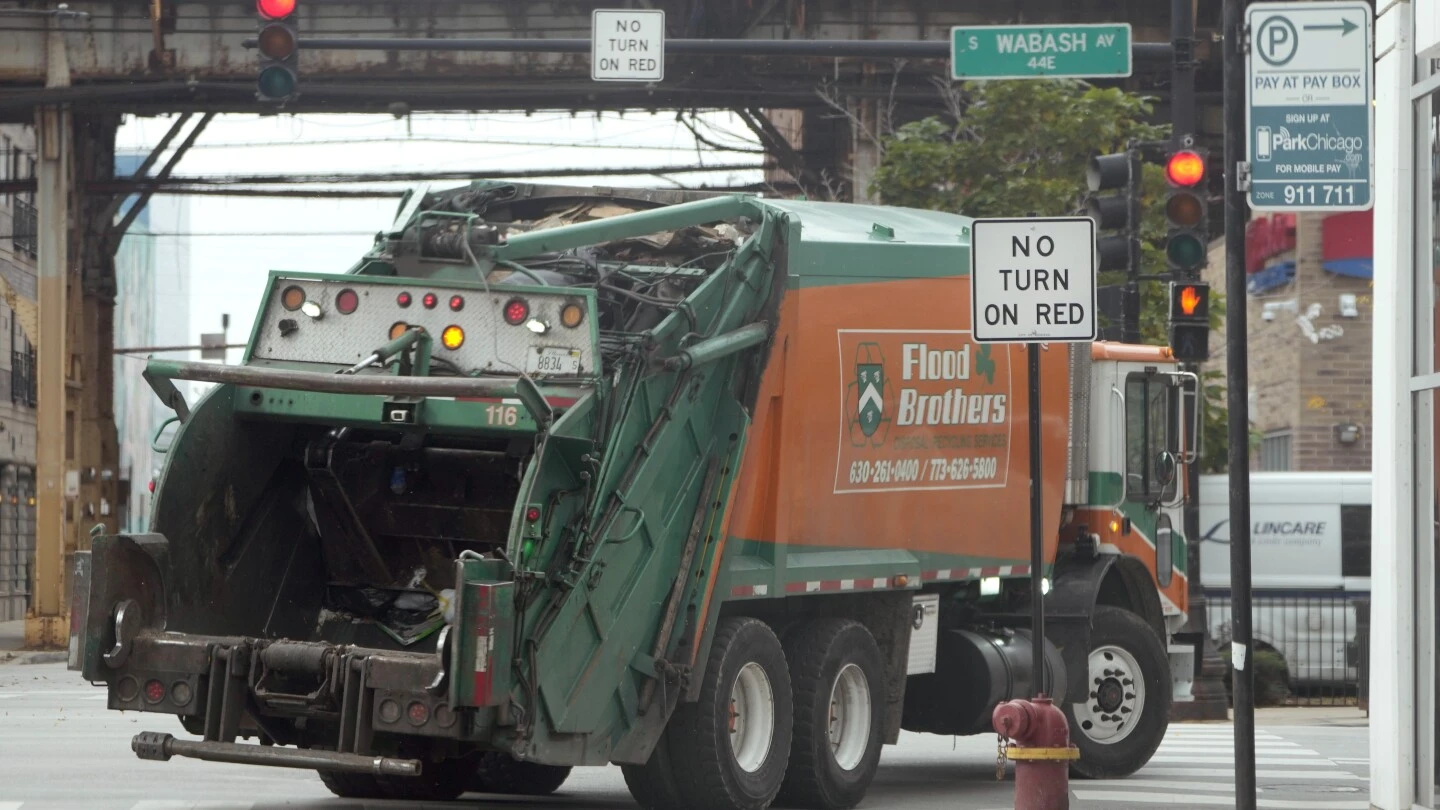Right turn on red? With pedestrian deaths rising, US cities are considering bans
Right turn on red? With pedestrian deaths rising, US cities are considering bans

apnews.com
Right turn on red? With pedestrian deaths rising, US cities are considering bans

There is a discussion on Hacker News, but feel free to comment here as well.
